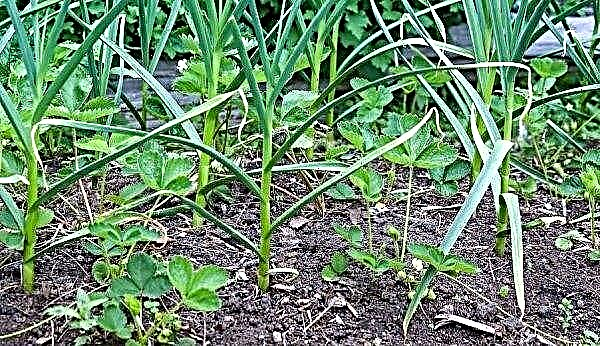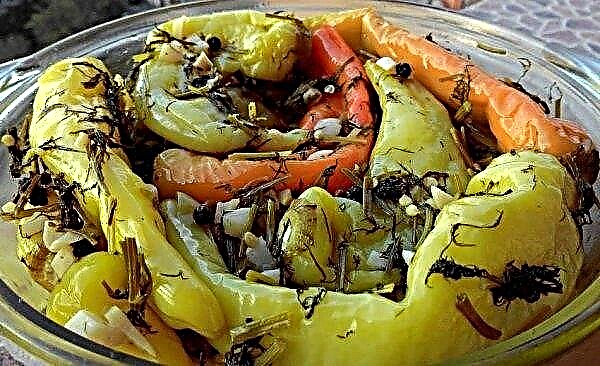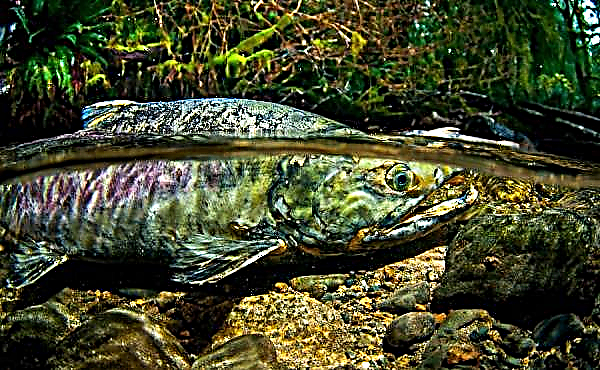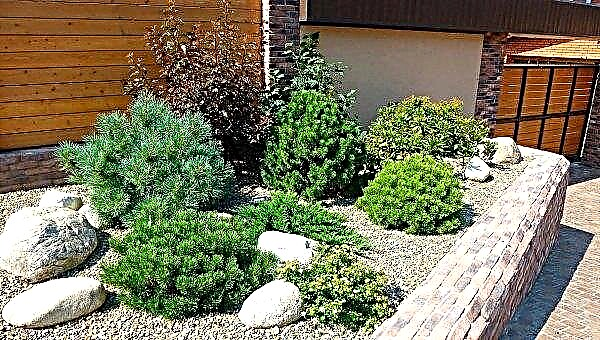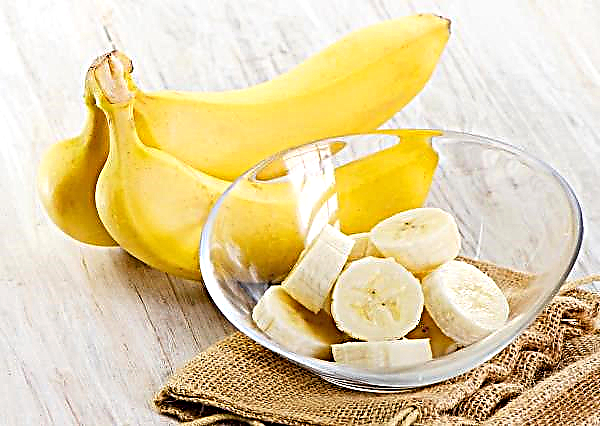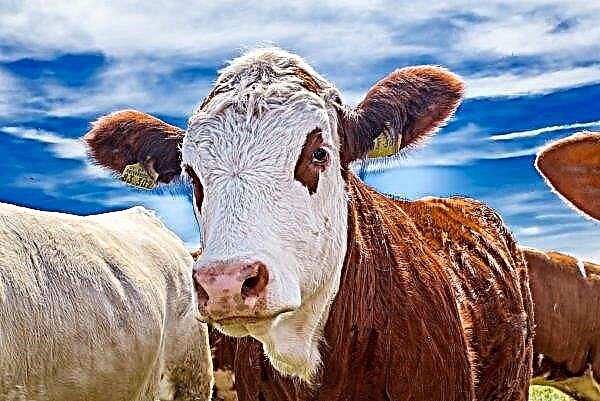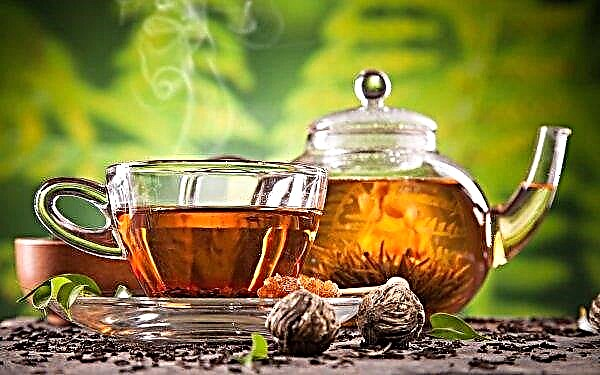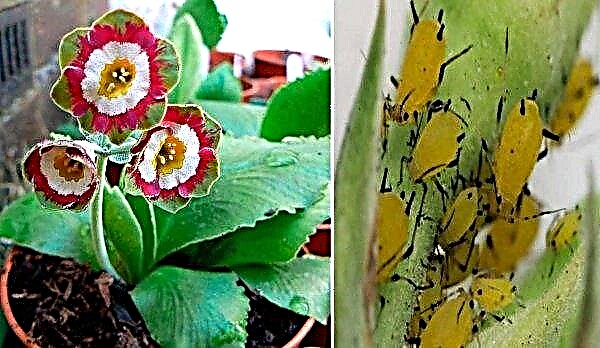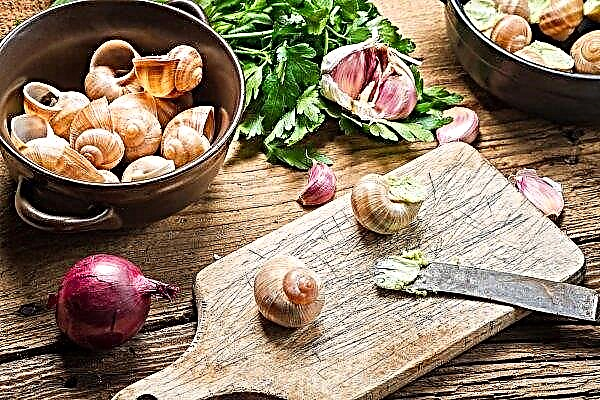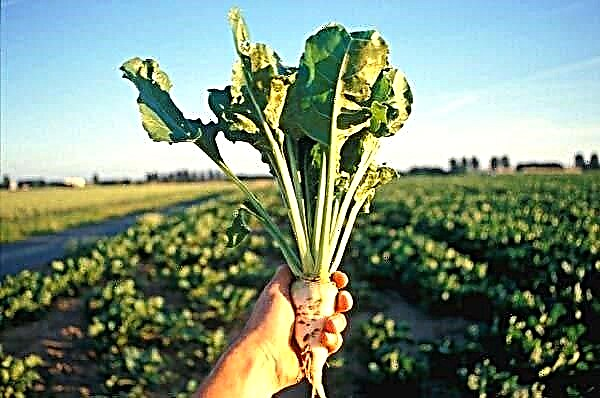Delicious saffron mushrooms are often called a delicacy. These mushrooms are easy to find in Russian forests, but novice mushroom pickers do not always know where mushrooms grow and when to pick them. The answers to these questions can be found in this article.
Description
Redheads are a group of edible mushrooms that unites numerous species. According to the general characteristic, these are orange-colored mushrooms in various variations: from light to almost brown.When the pulp is broken, orange juice is secreted. The specific characteristics and descriptions of the representatives of the Lactarius family differ depending on their varieties.
Views
In total there are about a dozen varieties of these mushrooms. In Russia, you can find three species: real (pine), spruce and red. Despite the general characteristics, mushrooms of different types differ from each other. Detailed characteristics of each species are given below.
Did you know? The Slavic name "saffron milk" was borrowed by some European peoples. For example, in German, for this species of mushrooms, “Reizker”, unusual for the Germanic languages, appeared.
Real or pine
The main variety is real mushrooms. They are also called pine (in connection with a favorite place of growth).

| Hat | Approximately 11 cm in diameter, funnel-shaped, with glossy, sticky peels of light or dark orange hue, lamellar inside. When pressed, the plates turn green. |
| Leg | About 5 cm in height, 2 cm in thickness, hollow, similar in shape to a cylinder narrowed to the base, covered with small indentations, slightly lamellar in the upper part. |
| Pulp | Yellow-orange, when cut, it turns greenish and starts up orange milky juice. |
Did you know? In the 18th century, bottle salted mushrooms were a valuable commodity that Russia exported to France.
Spruce
Another species is spruce. As the name implies, this variety, unlike others, grows mainly under fir trees.
| Hat | Approximately 5 cm in diameter, concave-flat, lamellar. When pressed, the plates turn green. The skin is dry, orange or light pink with spots of greenish-blue color, sticky only after rain or dew. |
| Leg | About 5 cm in height, 2 cm in thickness, the shape is cylindrical. |
| Pulp | The hat is orange and the leg is white, brittle. When broken, the milky juice is saturated orange, and when exposed to oxygen, it turns green. |
Red
Mushrooms of this variety are the least common. Most often grow among conifers in the mountains.
| Hat | Approximately 10 cm in diameter, flat or convex, dense, with frequent narrow plates. It is most often orange, less often reddish, glossy, with high humidity it becomes sticky. |
| Leg | Approximately 5 cm in height, in the shape of a cylinder tapering to the base, partially with plates, covered with a powdery powdery consistency and reddish depressed spots. |
| Pulp | Unbreakable, fleshy, uneven color (white with burgundy spots). The milky juice in the mushroom is dark red. |
Where mushrooms grow mushrooms
Arriving in the forest, head to the pine and spruce plantings. It is here that all species of the Lactarius family grow. You can find them in bright areas, for example, in low coniferous plantings. Many of these mushrooms grow on moist soil, especially in moss and grass near ponds.
Important! When harvesting, be sure to cut off part of the mushroom. If milky juice is white, not orange, then you come across a poisonous representative.
At what temperature do mushrooms grow
For active growth, mushrooms need optimal temperature and humidity.
The following conditions are considered favorable:
- temperature - from + 10 ° С;
- humidity - 50-60%;
- Weather conditions - heavy rains.

Pick time
The common season for the maturation of saffron mushrooms in Russia is July – September. At a suitable temperature and humidity, mushrooms begin to grow in June and continue to grow until the first mid-autumn. The exact time of collection depends on their variety.
| Type of saffron milk cap | Mass collection months |
| Present | End of August - beginning of September |
| Spruce | Aug. Sept |
| Red | July - October |

Food quality
To taste, these mushrooms are classified as first class. Good nutritional qualities make them a real delicacy. The only nuance is a slight bitterness, which manifests itself as an aftertaste. To make saffron mushrooms not bitter, blanch them with boiling water before cooking.
Benefit and harm
This product is rich in nutrients.
In its chemical composition:
- vitamins B1, B2, B3, C;
- cellulose;
- magnesium;
- sodium;
- phosphorus;
- ash;
- iron;
- potassium;
- lactarioviolin.

Thanks to the active ingredients, these fungi enhance immunity and saturate the body with nutrients. In addition, it contains lactariviolin, a natural antibiotic that kills harmful bacteria. Thus, the use of camelina is an excellent prevention of bacterial diseases.
- However, they can also be harmful to the body. It is worth refusing to use the product in the following cases:
- under the age of 7 years;
- during pregnancy;
- during breastfeeding;
- in acute inflammatory processes of the gastrointestinal tract;
- with individual intolerance.
Important!If you eat mushrooms for the first time, check the reaction of the body by first trying a small dose of mushrooms. This species rarely causes allergies, but some people have an individual intolerance to the product.
Redheads are worth looking from July to September. Embark on a mushroom hunt in coniferous forests: it is here that the most likely to find these noble mushrooms. Look for them carefully, because sometimes mushrooms are difficult to detect in moss and grass. However, an attentive mushroom picker will surely be able to enjoy the harvested mushroom crop.

